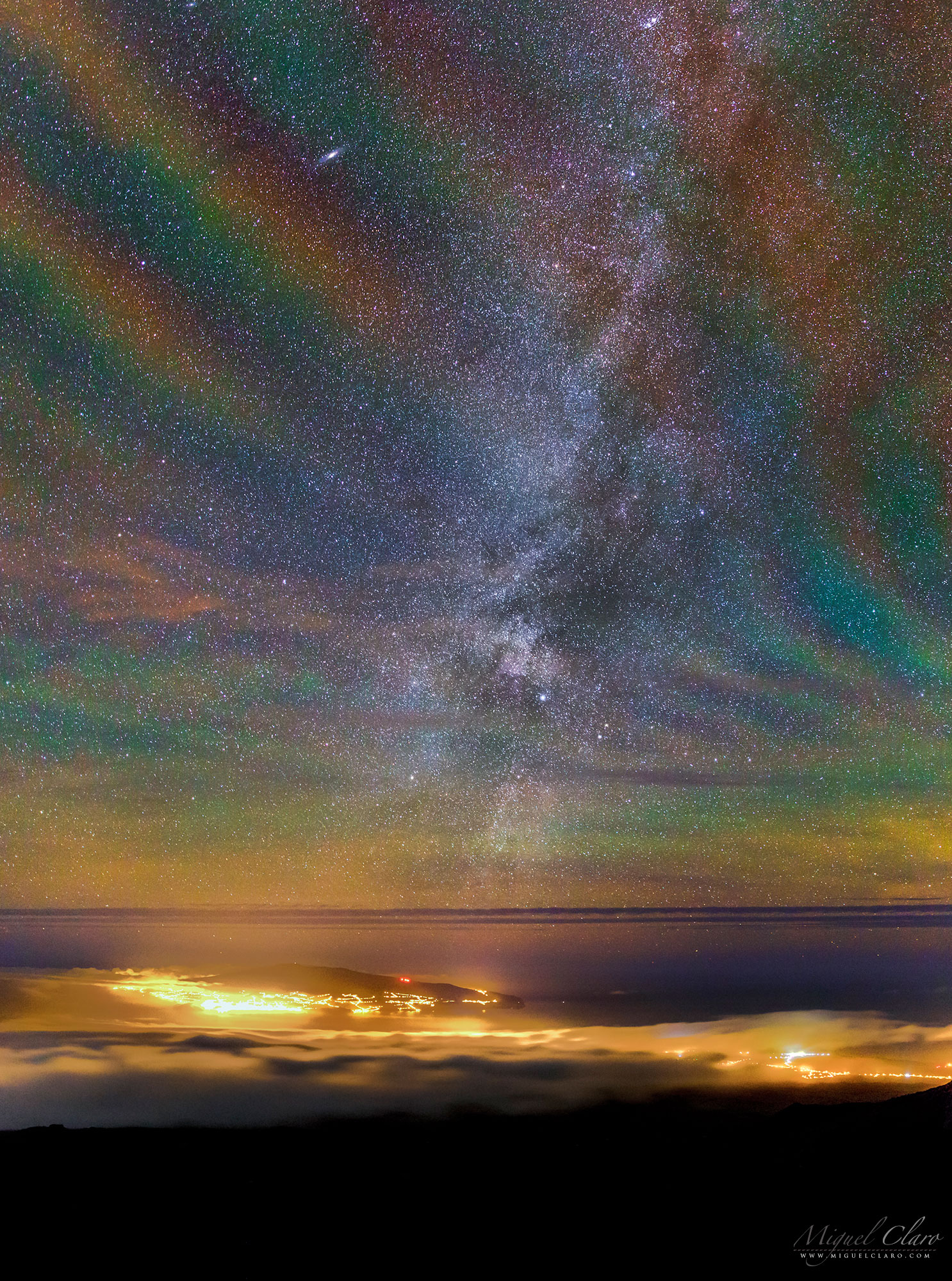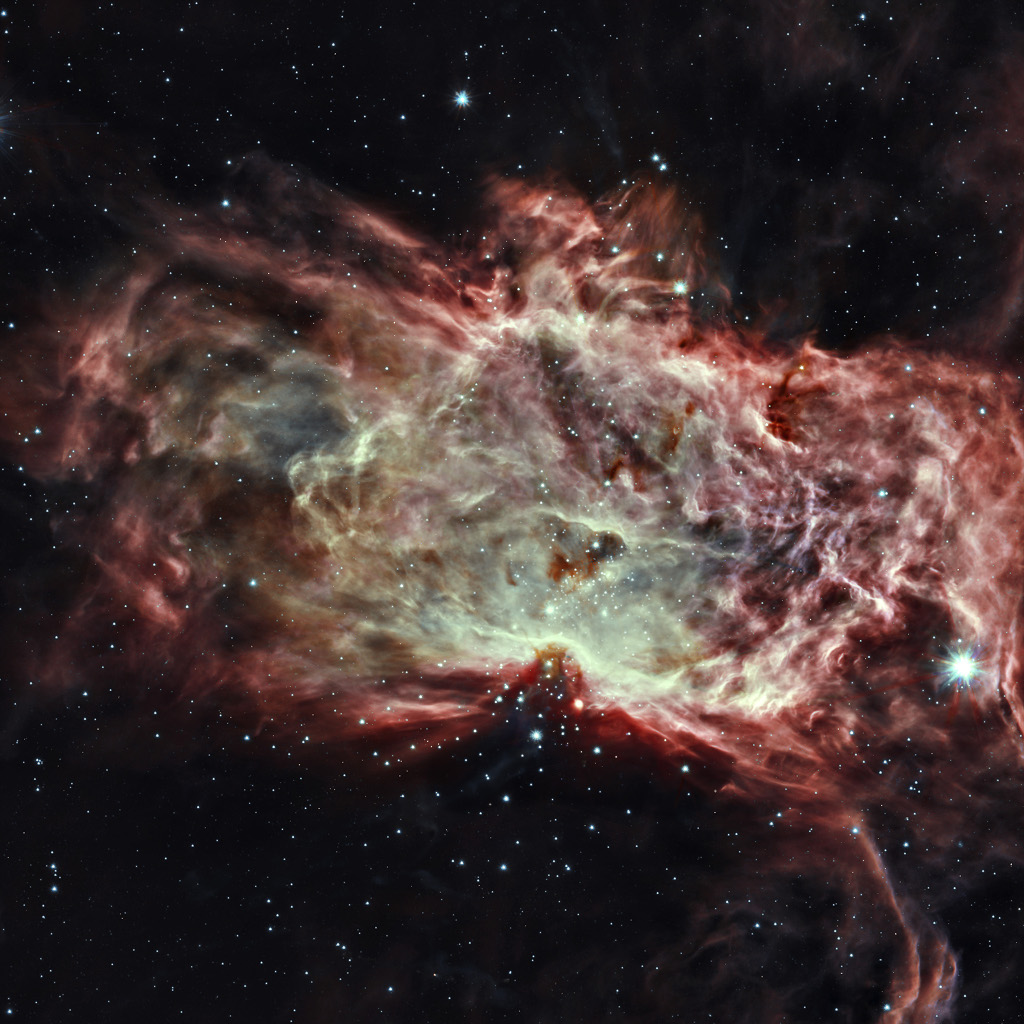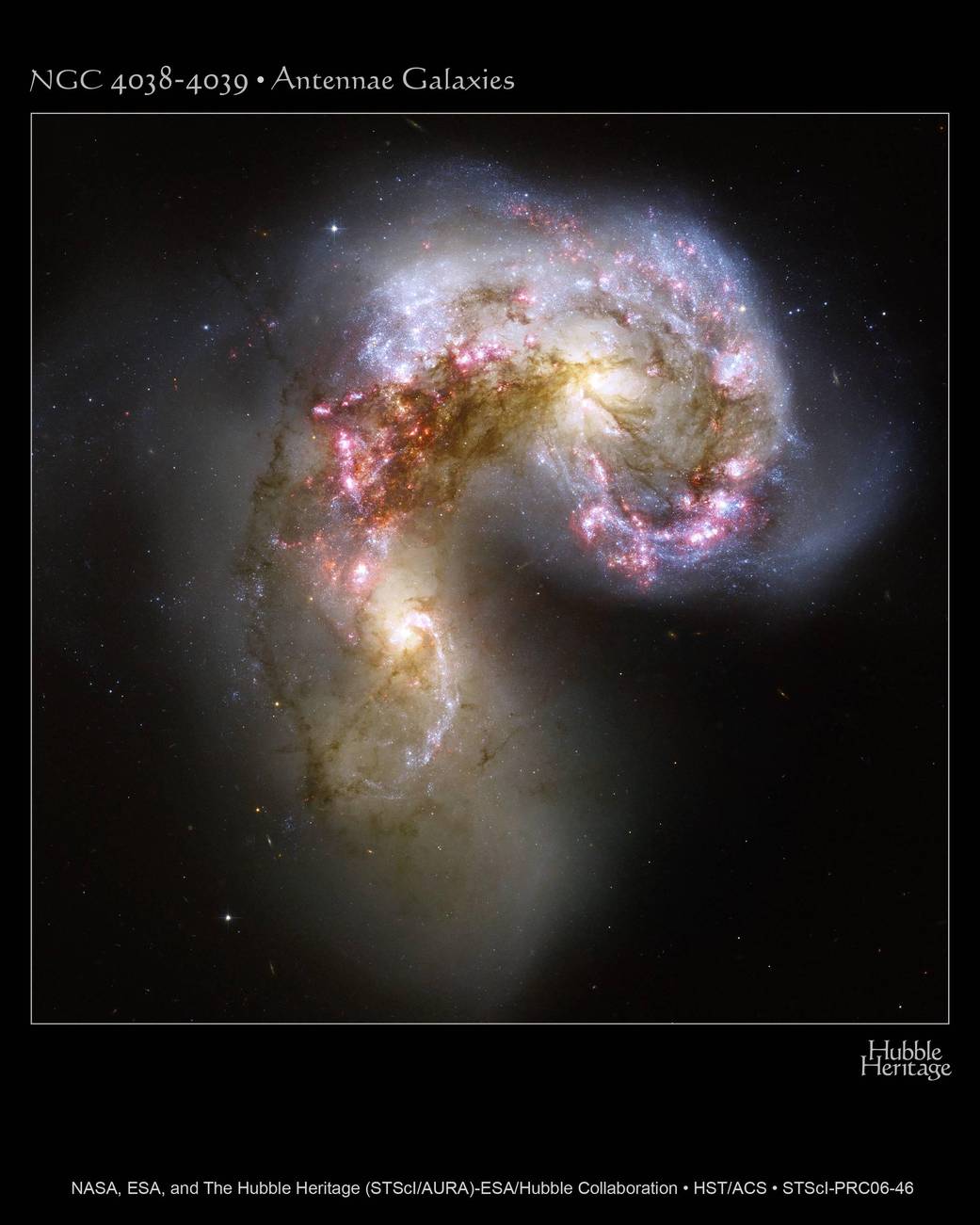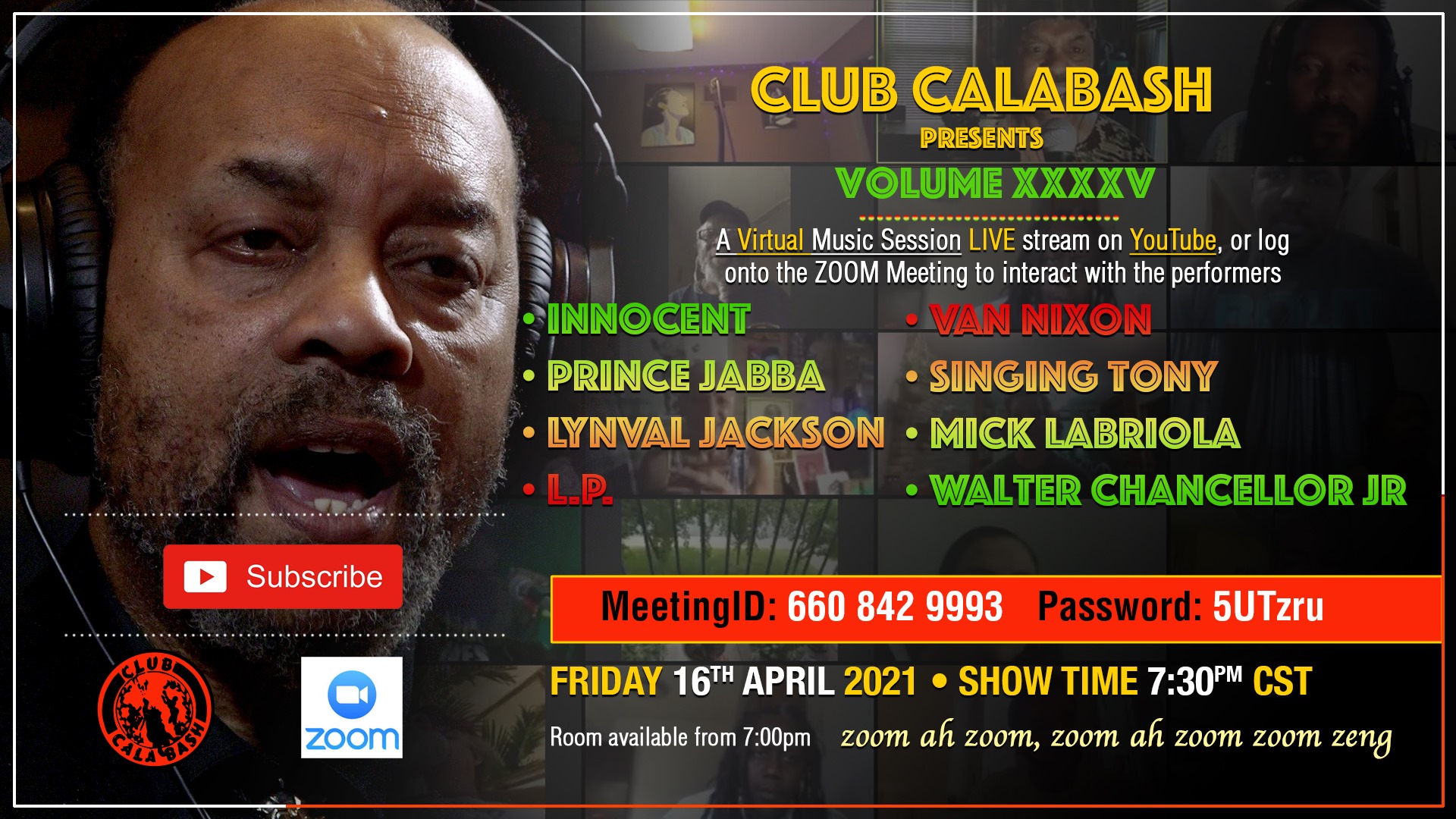Blog
Alexis Andrew Nicholas Koerner (19 April 1928 – 1 January 1984), known professionally as Alexis Korner, was a British blues musician and radio broadcaster, who has sometimes been referred to as “a founding father of British blues“. A major influence on the sound of the British music scene in the 1960s, Korner was instrumental in the formation of several notable British bands including The Rolling Stones and Free.
Alexis Andrew Nicholas Koerner was born on 19 April 1928 in Paris, France, to an Austrian Jewish father and a mother of Greek, Turkish and Austrian descent. He spent his childhood in France, Switzerland and North Africa and arrived in London in 1940 at the start of World War II. One memory of his youth was listening to a record by black pianist Jimmy Yancey during a German air raid. Korner said, “From then on all I wanted to do was play the blues.
more...Thomas Benford (April 19, 1905 – March 24, 1994) was an American jazz drummer. Tommy Benford was born in Charleston, West Virginia. He and his older brother, tuba player Bill Benford, were both orphans who studied music at the Jenkins Orphanage in Charleston, South Carolina. He went on tour with the school band, traveling with them to England in 1914.
In 1920, he was working with the Green River Minstrel Show. Benford recorded with Jelly Roll Morton[5] in 1928 and 1930. He also played with Duke Ellington, Fats Waller and Eddie South. From 1932 till 1941 Benford lived in Europe, where in 1937 he participated in one of the most memorable recording sessions ever in Paris, with Coleman Hawkins, Benny Carter, Django Reinhardt and Stéphane Grappelli.
Benford died on March 24, 1994, at Mount Vernon Hospital in Mount Vernon, New York.
more...Airglow. Now air glows all of the time, but it is usually hard to see. A disturbance however — like an approaching storm — may cause noticeable rippling in the Earth’s atmosphere. These gravity waves are oscillations in air analogous to those created when a rock is thrown in calm water. The long-duration exposure nearly along the vertical walls of airglow likely made the undulating structure particularly visible. OK, but where do the colors originate? The deep red glow likely originates from OH molecules about 87-kilometers high, excited by ultraviolet light from the Sun. The orange and green airglow is likely caused by sodium and oxygen atoms slightly higher up. The featured image was captured during a climb up Mount Pico in the Azores of Portugal. Ground lights originate from the island of Faial in the Atlantic Ocean. A spectacular sky is visible through this banded airglow, with the central band of our Milky Way Galaxy running up the image center, and M31, the Andromeda Galaxy, visible near the top left. During a climb to the highest mountain of Portugal (2351m), Pico mountain, in Pico island – Azores, I stopped at about 1200 meters to appreciate the views and photograph the lights coming from the island of Faial in the middle of the Atlantic Ocean, during the night in a rare occasion with only a few clouds with part of the “winter” Milky Way visible. Above the low clouds, I have captured strange “rainbow bands” of airglow. The bands are actually huge parallel structures in the thermosphere 90 km upwards. Perspective makes them appear to converge. This Gravity Waves* (not confuse with gravitational waves) propagating upwards from disturbances lower down in the atmosphere, are likely the source of the bands. The wave amplitude increases with height (reducing density) and wavelengths can be thousands of kilometers.Airglow is the light of electronically and/or vibration-rotationally excited atoms and molecules high in Earth’s atmosphere, by solar ultra-violet radiation. In this image, we can see almost each possible airglow color appearing on a single band. The green airglow is from oxygen atoms (1S ->1D) 90-100 km high. The red/orange could be yet more oxygen airglow, this time from atoms 150-300km high where the atmosphere is so sparse and collisions so infrequent that the atoms have time to radiate ‘forbidden’ light (1D ->3P) before losing their electronic excitation in impacts with other atoms and molecules. Deep red banded airglow is likely emission from vibrationally excited OH radicals in a layer ~86km high. The bands are caused by gravity waves propagating upwards from the lower atmosphere. They modulate the local pressure, temperature and specie concentrations. Blue airglow is much much fainter and not very obvious on the image. Excited molecular oxygen at ~95 km high can produce it. The excitation is indirect. Possible routes are via daylight dissociation of N2 and NO or twilight recombination of NO+ whose reaction products generate excited O2. The oxygen the

Leo Parker (April 18, 1925 – February 11, 1962) was an American jazz musician who played baritone saxophone.
Born in Washington, D.C.[citation needed], Parker studied alto saxophone in high school, and played this instrument on a recording with Coleman Hawkins in 1944. He switched to baritone saxophone later that year when he joined Billy Eckstine‘s bebop band, playing there until 1946. In 1945 he was a member of the so-called “Unholy Four” of saxophonists, with Dexter Gordon, Sonny Stitt and Gene Ammons. He played on 52nd Street in New York with Dizzy Gillespie in 1946 and Illinois Jacquet in 1947-48, and later recorded with Fats Navarro, J.J. Johnson, Teddy Edwards, Wardell Gray and Charles Thompson. He and Thompson had a hit with their Apollo Records release, “Mad Lad”.
In the 1950s, Parker had problems with drug abuse, which interfered with his recording career. He made two comeback records for Blue Note in 1961, but the following year he died of a heart attack in New York CIty. He was 36.
more...Clarence “Gatemouth” Brown (April 18, 1924 – September 10, 2005) was an American musician from Louisiana and Texas known for his work as a blues musician, as well as other styles of music. He spent his career fighting purism by synthesizing old blues, country, jazz, Cajun music and R&Bstyles. His work also encompasses rock and roll, rock music, folk music, electric blues, and Texas blues.
He was an acclaimed multi-instrumentalist, who played an array of musical instruments, including the guitar, fiddle, mandolin, viola, harmonica and drums. He won a Grammy Award for Best Traditional Blues Album in 1983 for his album, Alright Again!. He is regarded as one of the most influential exponents of blues fiddle and has had enormous influence in American fiddle circles.
Brown’s biggest musical influences were Louis Jordan, T-Bone Walker, and Count Basie. His highly original guitar style influenced many blues and rock guitarists, including Guitar Slim, Albert Collins, and Johnny “Guitar” Watson. Brown was born in Vinton, Louisiana, and raised near Orange, Texas. His father was a railroad worker and local musician who taught him several musical instruments, including fiddle by age 5; as well as piano and guitar. He had at least one brother.
more...Eurreal Wilford “Little Brother” Montgomery (April 18, 1906 – September 6, 1985) was an American jazz, boogie-woogie and blues pianist and singer. Largely self-taught, Montgomery was an important blues pianist with an original style. He was also versatile, working in jazz bands, including larger ensembles that used written arrangements. He did not read music but learned band routines by ear.
Montgomery was born in Kentwood, Louisiana, United States, a sawmill town near the Mississippi border, across Lake Pontchartrain from New Orleans, where he spent much of his childhood. Both his parents were of African-American and Creek Indian ancestry. As a child he looked like his father, Harper Montgomery, and was called Little Brother Harper. The name evolved into Little Brother Montgomery, and the nickname stuck. He started playing piano at the age of four, and by age 11 he left home for four years and played at barrelhouses in Louisiana. His main musical influence was Jelly Roll Morton, who used to visit the Montgomery household.
Early in his career he performed at African-American lumber and turpentine camps in Louisiana, Arkansas, and Mississippi. He then played with the bands of Clarence Desdunes and Buddy Petit. He lived in Chicago from 1928 to 1931, regularly playing at rent parties, and Chicago was where he made his first recordings. From 1931 through 1938 he led a jazz ensemble, the Southland Troubadours, in Jackson, Mississippi.
more...Rusty Young, a founding member of the popular country-rock group Poco and a key figure in establishing the pedal steel guitar as an integral voice in the West Coast rock of the late 1960s and ’70s, died on Wednesday at his home in Davisville, Mo. He was 75.
His publicist, Mike Farley, said the cause was a heart attack.
Mr. Young played steel guitar with Poco for more than a half-century. Along with other Los Angeles-based rock bands like the Byrds and the Flying Burrito Brothers, Poco was among the architects of the country-rock movement of the late ’60s, which incorporated traditional country instrumentation into predominantly rock arrangements. The Eagles and scores of other bands would follow in their wake.
Formed in 1968, Poco originally included the singer-guitarists Jim Messina and Richie Furay — both formerly of Buffalo Springfield, another pioneering country-rock band from Los Angeles — along with Mr. Young, the drummer George Grantham and the bassist Randy Meisner, a future member of the Eagles. (Timothy B. Schmit, another future Eagle, replaced Mr. Meisner after he left the band in 1969.)
Poco initially came together for a high-profile show at the Troubadour in West Hollywood, not long after Mr. Furay had invited Mr. Young to play pedal steel guitar on his composition “Kind Woman,” the closing track on Buffalo Springfield’s farewell album, “Last Time Around.” The music that Poco made generally employed twangier production and was more populist in orientation than that of Buffalo Springfield, a band that had at times gravitated toward experimentalism and obfuscation.
https://www.youtube.com/watch?v=ZDKVnVTz8sY
The Flame Nebula is a stand out in optical images of the dusty, crowded star forming regions toward Orion’s belt and the easternmost belt star Alnitak, a mere 1,400 light-years away. Alnitak is the bright star at the right edge of this infrared image from the Spitzer Space Telescope. About 15 light-years across, the infrared view takes you inside the nebula’s glowing gas and obscuring dust clouds though. It reveals many stars of the recently formed, embedded cluster NGC 2024 concentrated near the center. The stars of NGC 2024 range in age from 200,000 years to 1.5 million years young. In fact, data indicate that the youngest stars are concentrated near the middle of the Flame Nebula cluster. That’s the opposite of the simplest models of star formation for a stellar nursery that predict star formation begins in the denser center of a molecular cloud core.The result requires a more complex model for star formation inside the Flame Nebula.

Jan Hammer (Czech pronunciation: [ˈjan ˈɦamɛr]) (born 17 April 1948) is a Czech-American musician, composer and record producer. He first gained his most visible audience while playing keyboards with the Mahavishnu Orchestra in the early 1970s, as well as his film scores for television and film including “Miami Vice Theme” and “Crockett’s Theme“, from the 1980s television program, Miami Vice. He has continued to work as both a musical performer and producer.
Hammer has collaborated with some of the era’s most influential jazz and rock musicians such as John McLaughlin, Jeff Beck, Billy Cobham, Al Di Meola, Mick Jagger, Carlos Santana, Stanley Clarke, Tommy Bolin, Neal Schon, Steve Lukather and Elvin Jones. He has composed and produced at least 14 original motion picture soundtracks, the music for 90 episodes of Miami Vice and 20 episodes of the television series Chancer. His compositions have won him several Grammy Awards.
more...Charles Anthony “Buster” Williams (born April 17, 1942) is an American jazz bassist. Williams is known for his membership in pianist Herbie Hancock‘s early 1970s group, working with guitarist Larry Coryell from the 1980s to present, working in the Thelonious Monk repertory band Sphereand as the accompanist of choice for many singers, including Nancy Wilson. Williams’ father, Charles Anthony Williams, Sr., was a musician who played bass, drums, and piano, and had band rehearsals in the family home in Camden, New Jersey, exposing Williams to jazz at an early age. Williams was particularly inspired to focus on bass after hearing his father’s record of Star Dust, performed by Oscar Pettiford, and started playing in his early teens. He had his first professional gig while he was still a junior high school student, filling in for Charles, Sr., who had double booked himself one evening. Williams later spent his days practicing with Sam Dockery, who was playing in Jimmy Heath‘s band in Philadelphia on a regular double bill with Sam Reed. Charles, Sr. hosted a jam session at a club called Rip’s and gave Williams the opportunity to put his own group together for a Monday night show in 1959, and in an effort to work his way into Heath’s band, Williams hired Sam Reed. The plan worked, as two days later Reed contacted Williams about playing in his band that coming Saturday, which demonstrated Williams’ talent to Heath, who in turn hired Williams the following week.
more...Johnny St. Cyr (April 17, 1890 – June 17, 1966) was an American jazz banjoist and guitarist.
St. Cyr was born in New Orleans, Louisiana. He played for several leading New Orleans bands before moving to Chicago in 1923. He is most commonly remembered as a member of Louis Armstrong’s Hot Five and Hot Seven bands. He also played with Jelly Roll Morton‘s Red Hot Peppers. He composed the popular standard “Oriental Strut”, noted for its adventurous chord sequence.
From 1961 until his death in 1966, St. Cyr was the bandleader of the Young Men from New Orleans, who performed at Disneyland. He died in Los Angeles, California, and is buried in Evergreen Cemetery, in Los Angeles.
more...Isabel Vargas Lizano (17 April 1919 – 5 August 2012), better known as Chavela Vargas (Spanish pronunciation: [tʃaˈβela ˈβaɾɣas]), was a Costa Rica-born Mexican singer. She was especially known for her rendition of Mexican rancheras, but she is also recognized for her contribution to other genres of popular Latin American music. She was an influential interpreter in the Americas and Europe, muse to figures such as Pedro Almodóvar, hailed for her haunting performances, and called “la voz áspera de la ternura”, ‘the rough voice of tenderness’. The Latin Academy of Recording Arts & Sciences, presented her with a Latin Grammy in 2007.
This image of the Antennae galaxies is the sharpest yet of this merging pair of galaxies. During the course of the collision, billions of stars will be formed. The brightest and most compact of these star birth regions are called super star clusters.
The two spiral galaxies started to interact a few hundred million years ago, making the Antennae galaxies one of the nearest and youngest examples of a pair of colliding galaxies. Nearly half of the faint objects in the Antennae image are young clusters containing tens of thousands of stars. The orange blobs to the left and right of image center are the two cores of the original galaxies and consist mainly of old stars criss-crossed by filaments of dust, which appears brown in the image. The two galaxies are dotted with brilliant blue star-forming regions surrounded by glowing hydrogen gas, appearing in the image in pink.
The new image allows astronomers to better distinguish between the stars and super star clusters created in the collision of two spiral galaxies. By age dating the clusters in the image, astronomers find that only about 10 percent of the newly formed super star clusters in the Antennae will survive beyond the first 10 million years. The vast majority of the super star clusters formed during this interaction will disperse, with the individual stars becoming part of the smooth background of the galaxy. It is however believed that about a hundred of the most massive clusters will survive to form regular globular clusters, similar to the globular clusters found in our own Milky Way galaxy. The Antennae galaxies take their name from the long antenna-like “arms” extending far out from the nuclei of the two galaxies, best seen by ground-based telescopes. These “tidal tails” were formed during the initial encounter of the galaxies some 200 to 300 million years ago. They give us a preview of what may happen when our Milky Way galaxy collides with the neighboring Andromeda galaxy in several billion years.

More Posts
- Dodo Marmarosa
- World Music SUTARAS
- Daily Roots Scientist
- One Race the Human Race
- Nikki Giovanni Memorial
- Challenge to Change Performance
- Cosmos NGC 5128
- McCoy Tyner
- Big Mama Thornton
- Hector Berlioz
- Pérez Prado
- World Music Iberoamerican Ensemble
- Daily Roots Scientist
- R D Laing Masquerade
- World Human Rights Day 2024
- Cosmos NGC 5643
- Larry Fast
- Bob Cranshaw
- Guitar Slim
- Ray Nance
